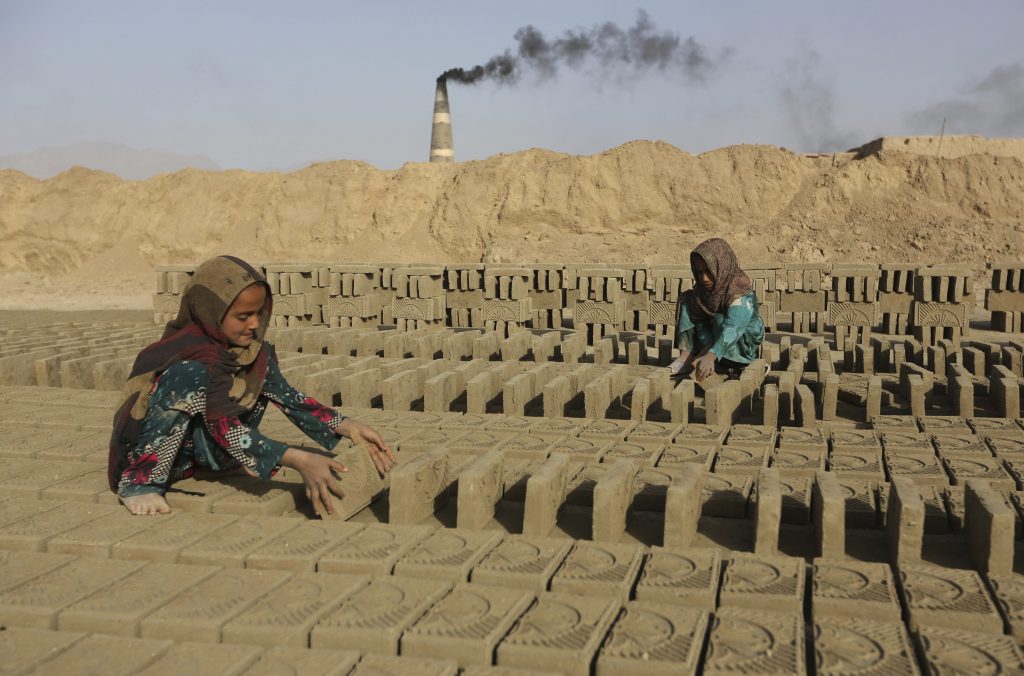
The lives of these three slaves help explain the realities of modern slavery
We talk a lot about people working on low wages. But what about those working on no wage at all?
Legal slavery was abolished in most places in the 1800s and has been formally illegal everywhere since the 1980s. But in 2016, at least 21 million people still live in . For context, that’s a little less than the population of Australia, and is roughly double the number of people enslaved at the height of the Atlantic slave trade in the 1700s and 1800s.
Limited as a lot of people's options are, we tend to assume most people have some level of choice over the big questions like where they live, or what kind of work they do – in other words, they role they play in the economy. For modern slaves, this just isn't the case.
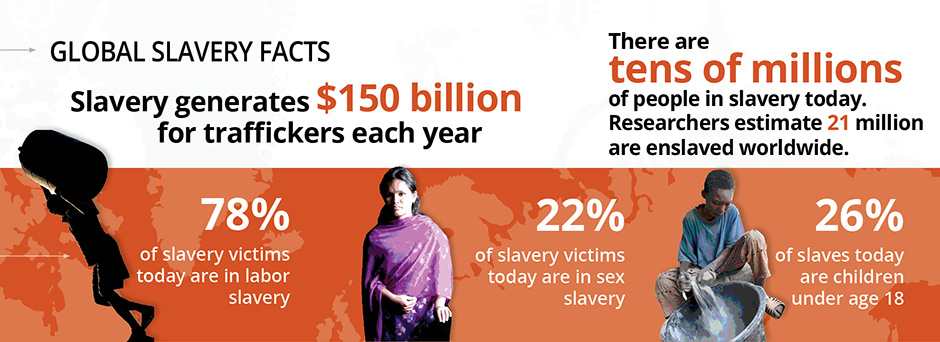
It can be difficult to understand what modern slavery is really like, and particularly how it's different from extreme poverty. We’ll use these stories from survivors of slavery gathered by End Slavery Now to help explain what slavery looks like in the 21st century.
“It was the first time in three years that Prum saw land, and he knew that he must take advantage of the opportunity.”
Vannak Prum was unable to find work in Cambodia where he lived, so he crossed into Thailand where he was offered a job drying fish. He was told he would be taken to the port, but instead was placed on a fishing boat and taken out to sea. On the boat he was tortured and saw other slaves killed. After three years the boat came close enough to land that Prum was able to jump overboard and swim ashore. Still in Thailand, he asked the local police for help getting home, but was once again sold into slavery—this time to work on a palm oil plantation. He was stabbed on the plantation but met a humanitarian worker in the hospital and was eventually able to return home.
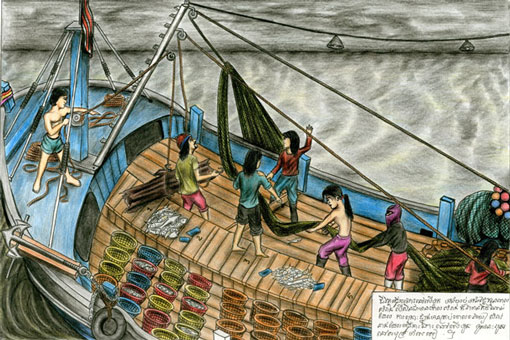
Modern slavery takes many forms. 'Contract slavery’, for example, is when victims are lured by the offer of legitimate work and instead find themselves unpaid and unable to leave – in other words, 'enslaved' by a false employment contract. It happens mostly to domestic workers, who find themselves physically trapped in the homes of their abusers.
People working in foreign countries are particularly vulnerable to slavery. They often have less legal power than a native might, and their options for escape can be complicated by their immigration status—after escaping, Prum was actually jailed for seven months on illegal immigration charges.
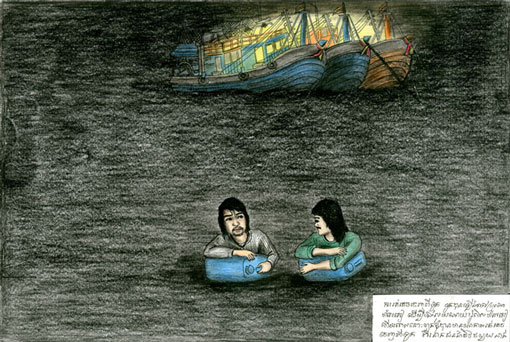
As a slave Prum produced fish and palm oil—both products that are sold to people in Europe and North America. Using products made by slave labor is actually quite common; the US Department of Labor lists over 375 products made with either slave or child labor. There’s even a website that estimates how many slaves work for you.
One reason it’s so difficult to stamp out slavery is that complicated supply chains – in other words, the journey a product takes from its raw material to the shelf – make it hard for big international companies, and by extension their retailers and the consumer, to know when they’re buying things made by slaves. A lot of campaigners are trying to make these supply chains more transparent.
“I was alive, but was not living. I was a slave”
Shamere McKenzie was a university student in New York struggling to pay her tuition bills. A new friend suggested that she work as a dancer to quickly earn money for school. Shortly after starting, a man demanded sex from her. When she refused, her friend beat her and threatened to kill her family if she left. She was then forced into constant sex work, enduring constant violence and threats against her friends and family. She was eventually able to escape, but was jailed on prostitution charges before being sent to a program for victims of sex trafficking.

Of the estimated 21 million slaves in the world, about 20% are victims of sex trafficking. Sex trafficking is when someone is compelled to engage in sexual activity for money against their will.
Slavery is more widespread in poorer countries, but it’s also a major problem in rich countries like the United States. An estimated 60,000 slaves live in the United States—enough to fill a professional football stadium. Of those, about 80% are believed to victims of sex trafficking, with the others mostly in domestic services and the restaurant industry.
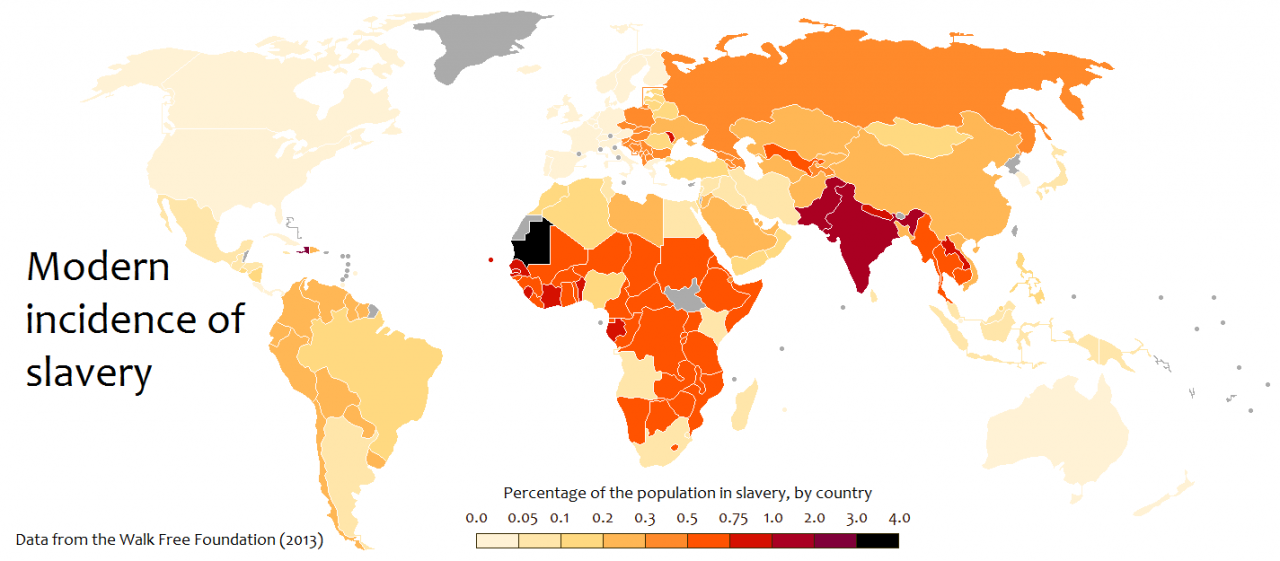
As McKenzie’s story indicates, debts and financial needs — not just extreme poverty — can make people vulnerable to slavery. Worldwide, one of the most common forms of slavery comes from debts that are impossible to pay off. People with such debts work without pay in what is called ‘debt bondage’. In some countries, like India, debt bondage can even be passed on directly from parents to children.
“I was descending into this hell so quickly, and I just started shooting, and that's what I did for over two years”
Ishmael Beah was a 12 years old when his village was destroyed in Sierra Leone’s civil war. His parents were killed, and he went to live in a village run by the government’s army. Here, he was given a gun, drugs, and forced to kill. Other boys who tried to leave the village or refused to obey orders were killed. Beah stayed in the army for two years before one of his commanders turned him over to a United Nations representative and he was able to receive rehabilitation.
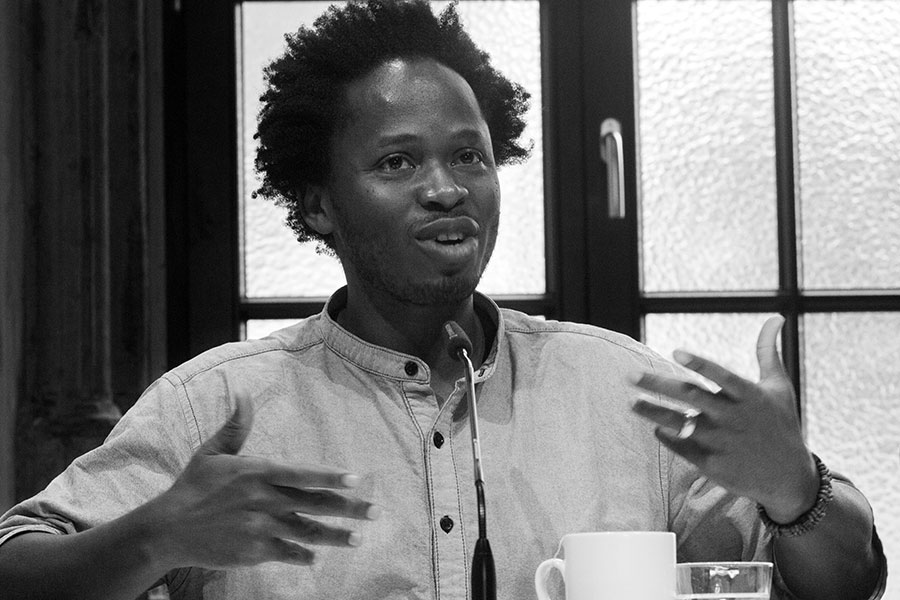
There are 5.5 million child slaves. Child soldiers like Beah Children are often the most vulnerable economically.
Most slaves are controlled by private individuals or groups, but 2 million (10% of the total) are held by governments or rebel forces.
Conflicts increase the number of people vulnerable to slavery, while making it harder for governments and nonprofits to intervene. As Beah’s story shows, conflicts can also create demand for new slaves to help in the fighting.
These three stories, and the 21 million others of people trapped in slavery around the world, demonstrate just how much our economies remain intertwined with, and to some level dependent on, slave labor. Unpicking how it all fits together and where our day to day fits into a bigger system that's allowing this to continue gets us one step closer to bringing slavery to an end once and for all.
What can you do?
If you'd like to take action to help bring slavery to an end, raising awareness of the issue is a good first step. It’s not the most pleasant dinner-time conversation, but the International Day for the Abolition of Slavery provides a good conversation starter about the problem.
If you’ve got more time and want to get actively involved, a ton of organizations like End Slavery Now, and Free The Slaves offer ways to join the abolitionist movement. And if you can, buying goods labeled ‘Fairtrade’ helps keep money from going to businesses that use slaves, and show the 'consumer demand' for ethically produced products.



